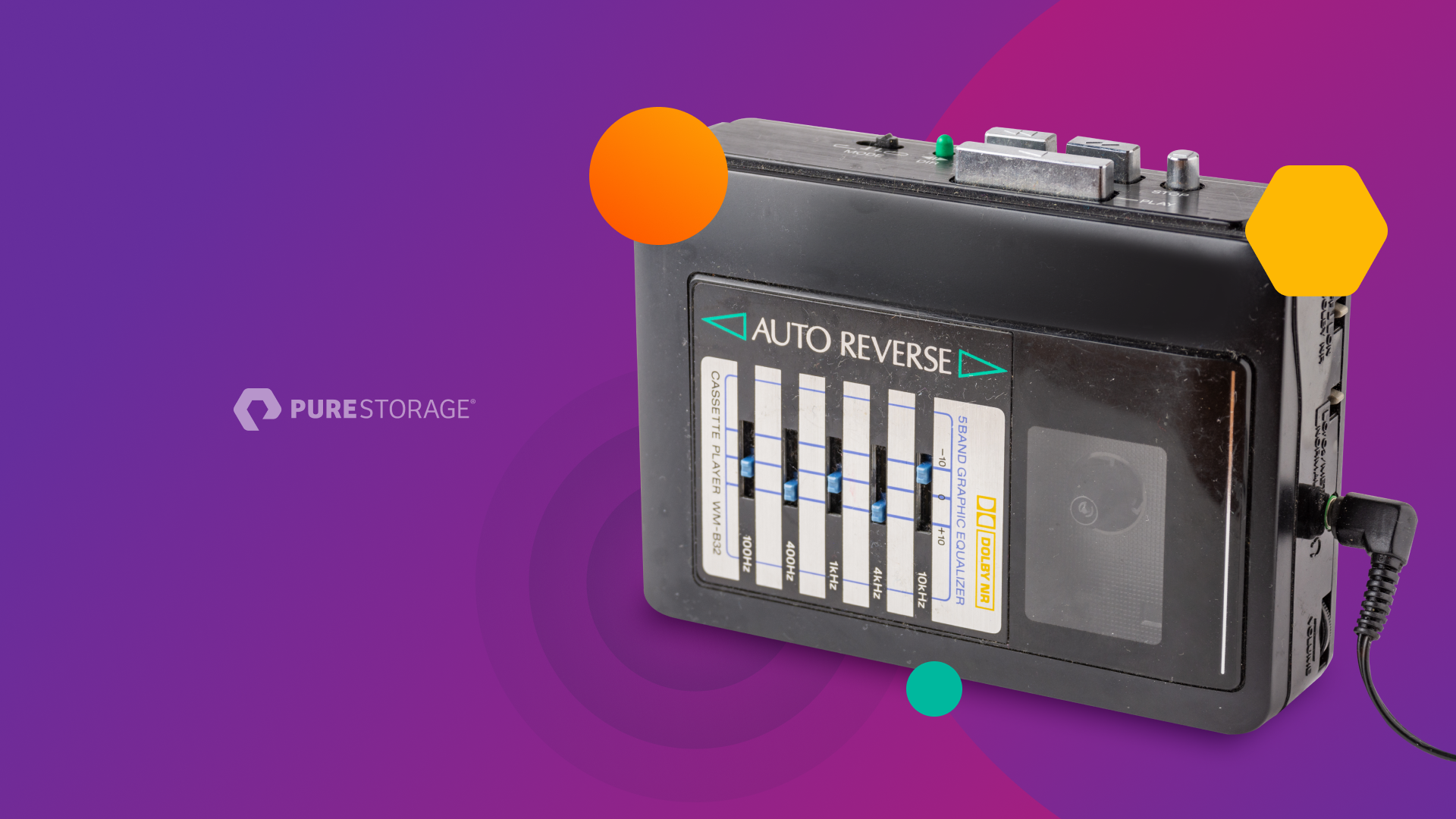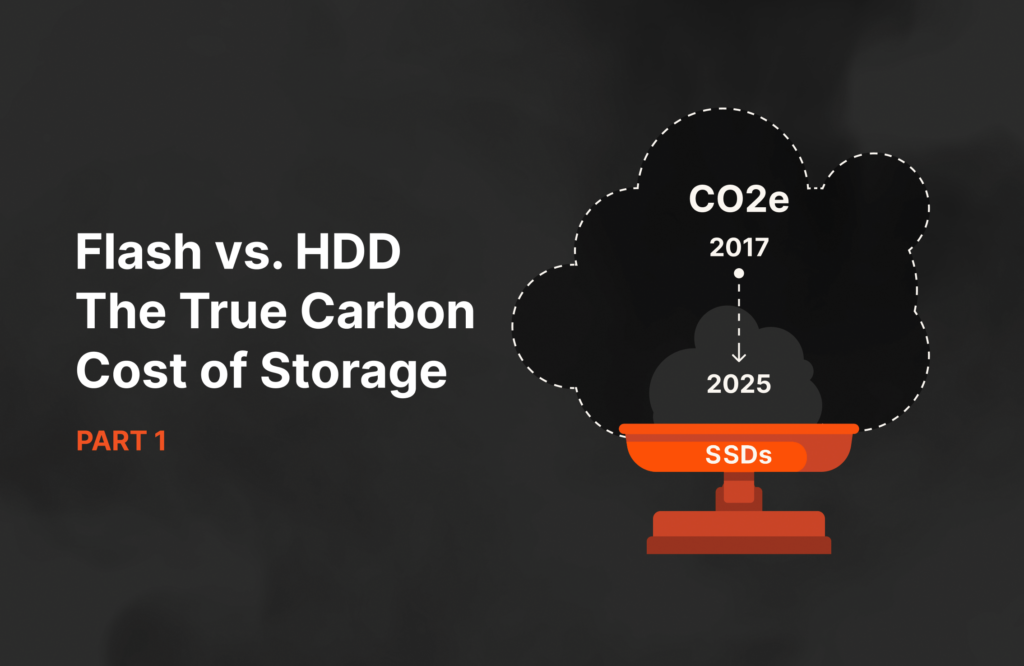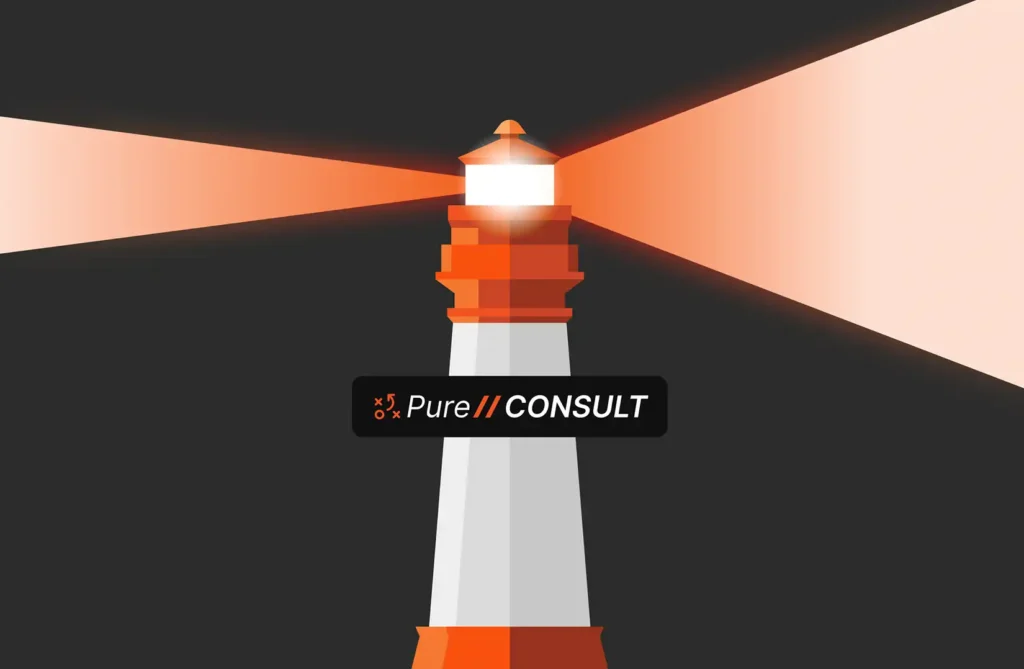Thomas Edison’s voice was the first recorded sound, captured on the phonograph in 1877, as he recited “Mary Had a Little Lamb.” Ten years later, the forerunner of the modern record was created. It spawned a century of innovation, with records and record players being improved and standardized—filling our collective ears with music through the jazz era, the pioneering days of rock and roll, and beyond. Yet, music player technology didn’t stop there. As clunky stereo systems and “as seen on TV” compilation albums closed out the 1970s, the compact cassette player, boombox, Sony Walkman, and compact disc player emerged, propelling music into a more portable age.
Just as the sounds of alternative rock began to dominate the charts in the 1990s, there was a monumental leap with the MP3 player. No longer was it all about the music player, it was about the MP3 audio file—a separation of software from hardware. The MP3 delivered a cloud-like experience long before we even knew what “the cloud” was. Put another way, it delivered portability and more importantly—a stateless approach. And this stateless approach continued to advance as MP3 players evolved into smartphones.
So, what does this musical walk down memory lane have to do with your data? More than you might think. The progression to a stateless approach isn’t unique to music technology; it parallels the evolution of data storage.
The Rise of Mid-Range Data Storage Systems
As we tapped our toes to 1990s grunge, hip-hop, and boy bands, legacy data storage providers were building huge enterprise storage systems. To mask the fact that spinning disk drives were slow, they delivered availability through hardware. Unfortunately, these systems were far too expensive to sell to smaller customers. To capture the SMB market, storage providers began cutting pieces from their costly enterprise systems, getting rid of back-end capabilities. Coining their systems “mid-range,” the benefit was lower cost, but the downside was reduced functionality. And this term has stuck with us until today.
Unfortunately, legacy storage providers’ song and dance about offering enterprise-level capabilities at a lower cost was just that—song and dance. As they removed hardware, they also removed software tied to the hardware. As a result, businesses were on an ever-revolving turntable of purchasing new arrays, installing them, migrating data, juggling weekend outages, and managing months-long implementations.
This has been made more complex and costly as new business requirements have come along. With outdated arrays that don’t support new features, businesses must buy new hardware. Because everything is hardware based, the song remains the same.
Moor Insights & Strategy, a leading global technology analyst firm, details this challenge in their white paper Storage for the Modern Enterprise.
“Segregating solutions into midrange and enterprise is an approach born in the early days of the computer industry. It’s a model that most of the IT world has moved beyond, except notably, the storage industry. It persists to the benefit of legacy storage providers, but that is shifting.”
Break the Chain of Legacy Storage
Like music player manufacturers of the past, legacy storage providers have rooted themselves in the hardware capabilities of their products. With their microcode bound to their controller hardware, they continue to have hardware upgrades so they can provide software upgrades.
At Pure, we’ve taken a fundamentally different approach—separating our software, Pure1®, from our DirectFlash® modules. This stateless approach has enabled us to build our Evergreen™ storage as a technology, rather than a marketing ploy. It is flexible and without dependencies.
We swapped out hardware as we progressed from SAS to NVMe, adding software features like synchronous replication, without needing to change any hardware. This is the foundation of a software approach, and it’s exactly what Pure, as a company, is built on. This approach has enabled businesses to never need another data migration. For our early customers, it has meant a decade without the hassles of migrations, storage refreshes, weekend outages, or application outages.
Pure software is also the foundation for Pure Cloud Block Store™, where we can replicate data into a cloud, or in Purity CloudSnap™, where you can keep copies of data from different use cases in the cloud. It’s this innovation that has led to Gartner positioning Pure as the highest and furthest in ability to execute and completeness of vision in its 2021 Magic Quadrant for Primary Storage Arrays.
The Hits Keep Coming with a Subscription
Music technology has continued to advance with consumers subscribing to streaming music and podcast services. These services have dramatically changed how we enjoy music by making recommendations on the next song, based on our listening habits. This is what Pure as-a-Service™ has done for data storage, by enabling businesses to subscribe and pay for exactly the storage they use. And as the 2020s continue to play out, artificial intelligence is increasingly shaping the music industry, as well as the data storage industry. It’s enabling us to predict what our customers are doing and what they’re going to need—all through software.
This level of simplicity is why our Net Promoter Score (NPS) stands in the top 1% of B2B companies at 85, placing us among the very best B2B companies in terms of customer experience. We’ve made data storage simple to use and always performing. With a seamless, cloud-based management infrastructure, Pure1 is the foundation for everything we’re doing—managing FlashArray™, FlashBlade®, Portworx®, and even Pure as-a-Service.
Mid-Range vs. Enterprise Storage?
It’s a common question rooted in hardware architectural designs from the 1990s. But the better question is actually hardware-centric vs. software-centric. Analysts and customers alike agree that Pure is addressing what causes storage customers to sing the blues: migrations, refreshes, and downtime.
As Moor Insights explains, “Pure Storage offers a storage architecture that is simple, scalable, and flexible.” It’s no wonder why Pure customers quickly become superfans when they discover they no longer need to perform another migration or repurchase capacity.
We’ve Only Just Begun
As we move forward, data landscapes, like music, will continue to evolve. Businesses are focused on digital transformation with increasingly complex digital strategies. To solve modern data challenges, we’ve unified fast file and object storage to provide a single repository to consolidate the workloads that matter today.
Just as MP3s revolutionized music, Pure has fundamentally changed the storage industry—accelerating applications, enabling multicloud, modernizing data protection, and activating real-time analytics with AI and machine learning. This allows us to do things at the edge and with IoT on the same platform that provides ransomware mitigation and the last line of defense for your data. As applications continue to evolve, container adoption is becoming essential. This is where Portworx fits, providing a Kubernetes data services platform that helps build, automate, protect, and secure these applications. And there’s much more still to come.
Block storage with FlashArray, fast file and object storage with FlashBlade, and Portworx for containers. This is the Modern Data Experience™ that delivers enterprise-level data storage for businesses of all sizes that are ready to turn up the power of their data all the way to 11.
*This article originally published August 2021
![]()
![]()




